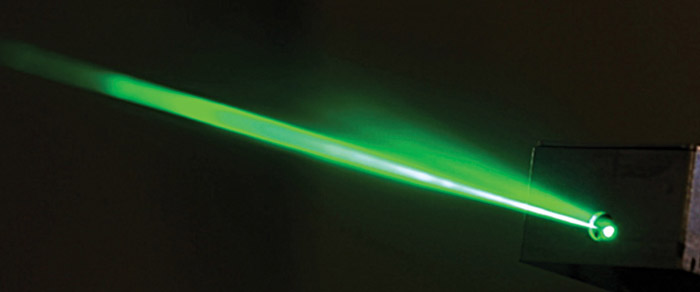
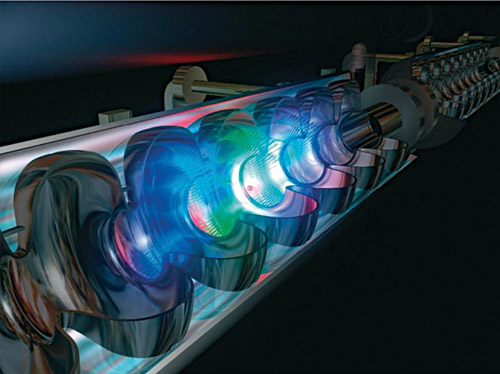

For continuous-wave operation, it is required for the population inversion of the gain medium to be continually replenished by a steady pump source. In some lasing media this is impossible. In some other lasers it would require pumping the laser at a very high continuous power level, which would be impractical or would destroy the laser by producing excessive heat. Such lasers cannot be run in continuous-wave mode.
Pulsed mode of operation. Pulsed operation of lasers refers to any laser not classified as continuous wave. Hence in pulsed mode of operation, the optical power appears in pulses of some duration at some repetition rate. Some lasers are pulsed simply because they cannot be run in continuous mode.
In some cases, the application requires production of pulses with maximum possible energy/power. Since the pulse energy is equal to the average power divided by the repetition rate, this goal can sometimes be satisfied by lowering the rate of pulses so that more energy can be built up in between pulses. Alternatively, for a given pulse energy, very high peak powers can be achieved by using very narrow pulses with pulse width of the order of nanoseconds. Such lasers are used as laser range finders, laser target designators and also in laser fusion research.
Laser types
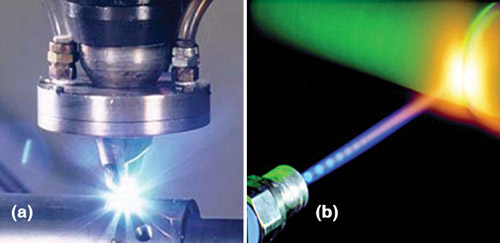
Every laser consists of an acting medium and a pumping medium. Lasers are generally classified on the basis of the active medium used in them. They are classified as gas lasers, solidstate lasers, semiconductor lasers and so on. Different types of lasers are briefly described in the following paragraphs.
Gas lasers. As the name suggests, gas lasers use a gas as the active medium and usually electric current as the pumping medium. Gas laser was the first continuous laser, which was co-invented by Iranian physicist Ali Javan and American physicist William R. Bennett, Jr in 1960. The first gas laser was a He-Ne laser (see Fig. 7). Other popular gas laser types include CO2 lasers, metal vapour lasers, rare earth doped-ion lasers and excimer lasers.
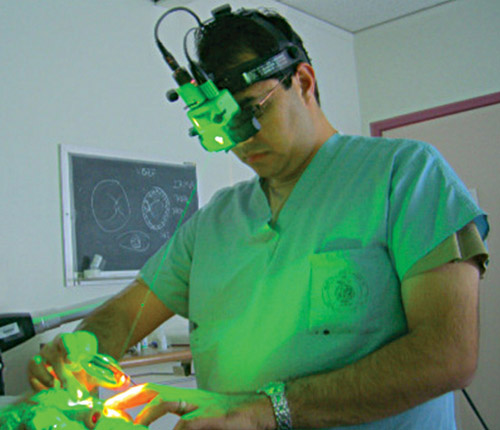
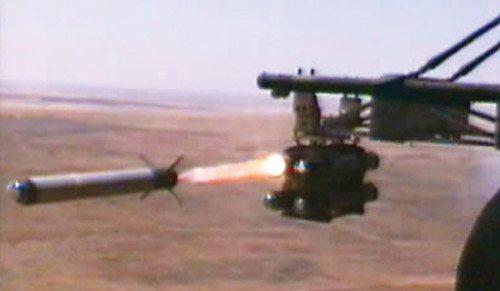

Chemical laser is a type of gas laser, but in this the pumping medium is the energy produced by a chemical reaction.
The important and most popular chemical lasers are chemical oxygen iodine laser, all gas-phase iodine laser, hydrogen fluoride laser and deuterium fluoride laser.
For the sake of understanding, we can take the example of chemical oxygen iodine laser. In this laser, iodine is the active medium and singlet oxygen is the pumping medium, which is generated by chemical reactions.
Solid-state laser. Solid-state laser uses solid as an active medium. Solid-state lasers are optically pumped. The first laser which was created by Theodore Maiman in 1960 was a solid-state laser (shown in Fig. 8). It was a ruby laser in which ruby was taken as the active medium. Semiconductor-based lasers are also in solid state, but are generally considered as a separate class from solid-state lasers.
Semiconductor laser. Semiconductor lasers (see Fig. 9) use a semiconductor as the active medium and electric current as the pumping medium. Recombination of electrons and holes created by the applied current introduces optical gain.
Other types of lasers. In addition to the above three lasers, there are several other types of lasers. Some of these include free-electron laser (Fig. 10), gas dynamic laser, X-ray laser and fibre laser.






